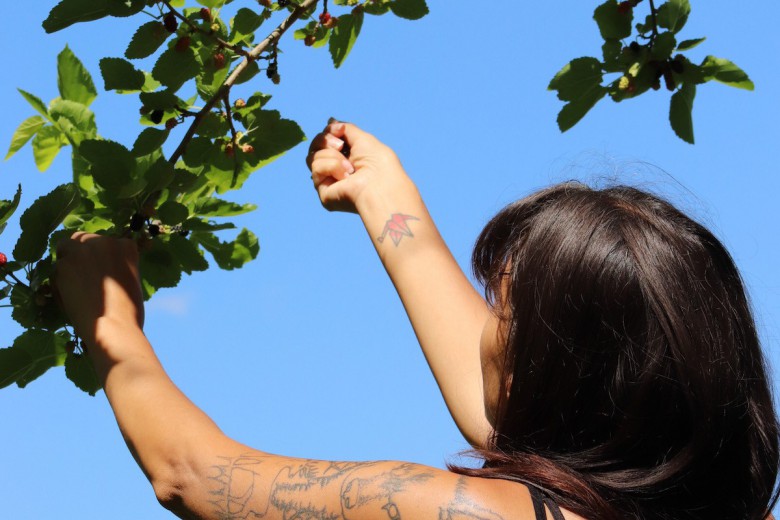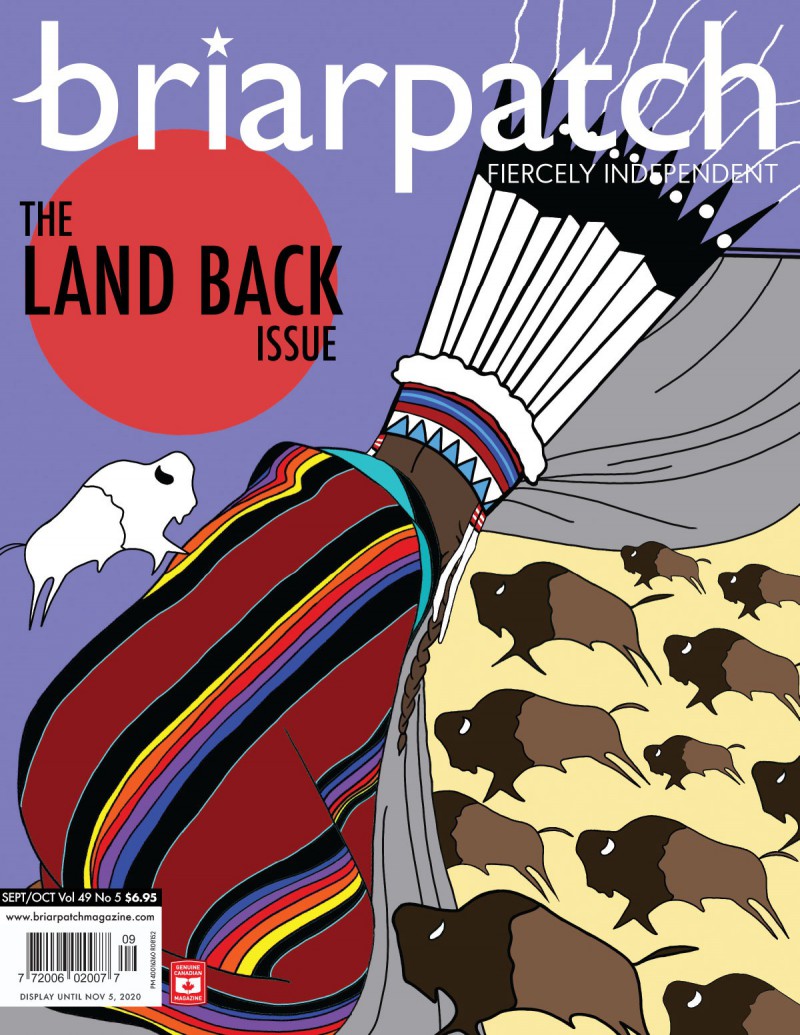
September/October 2020
The Land Back Issue
In our special 60-page Land Back issue, we address how to return land in so-called Canada to Indigenous Peoples, and encourage the flourishing of Indigenous laws, life, and governance on those territories. Inside, you'll find a timeline of 100 years of land struggle; essays on overlapping Indigenous jurisdiction, sex work, Land Back in the city, protecting Black and Indigenous trans women, and land as a social relationship; a round-table discussion with Indigenous women hunters; an investigation into the Canadian government's efforts to circumvent the Wet'suwet'en Hereditary Chiefs' consent; and visionary fiction about decolonizing Wood Buffalo National Park.
Inside This Issue
-
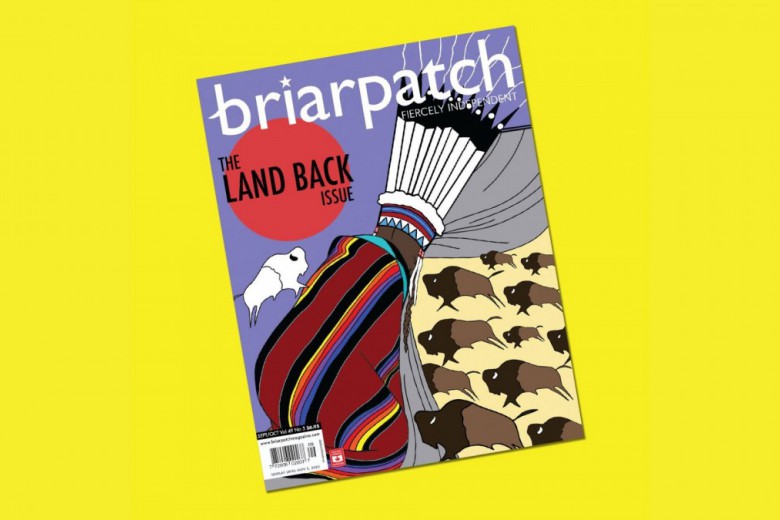
“Land Back” is more than the sum of its parts
-
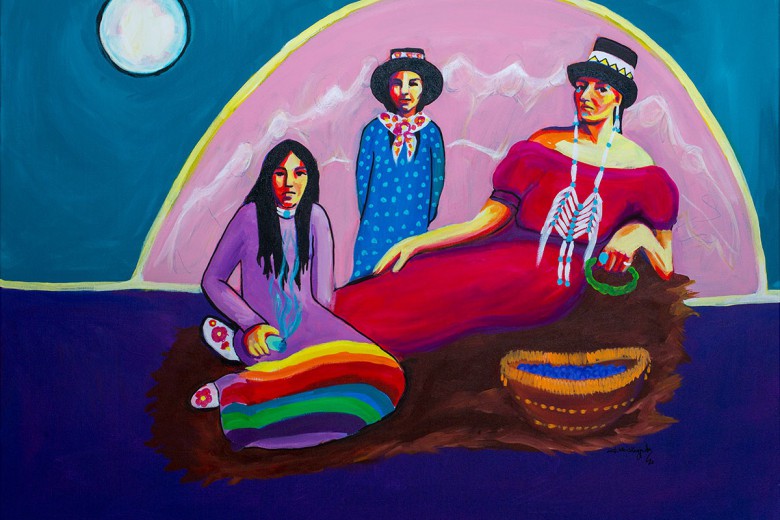
“I have the inalienable right to protect this land”
-
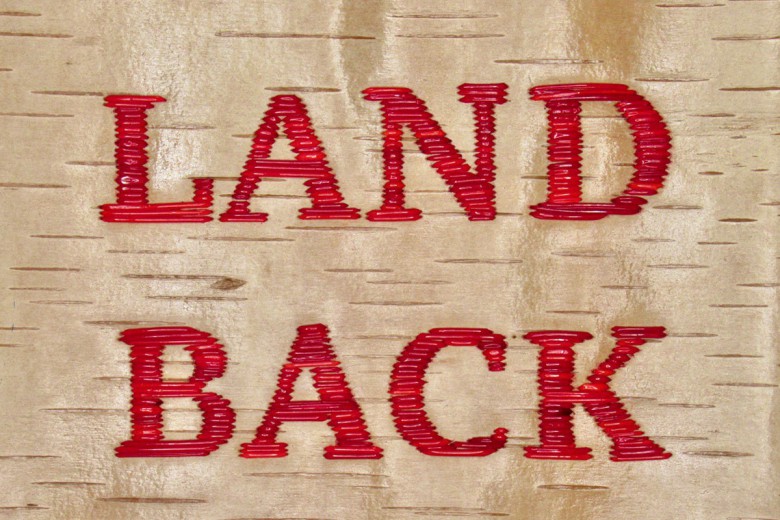
What is Land Back? A Settler FAQ
-
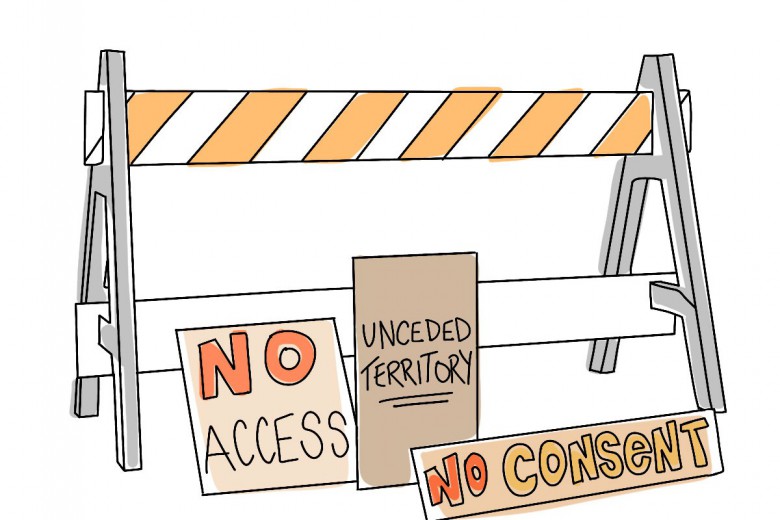
100 years of land struggle
-
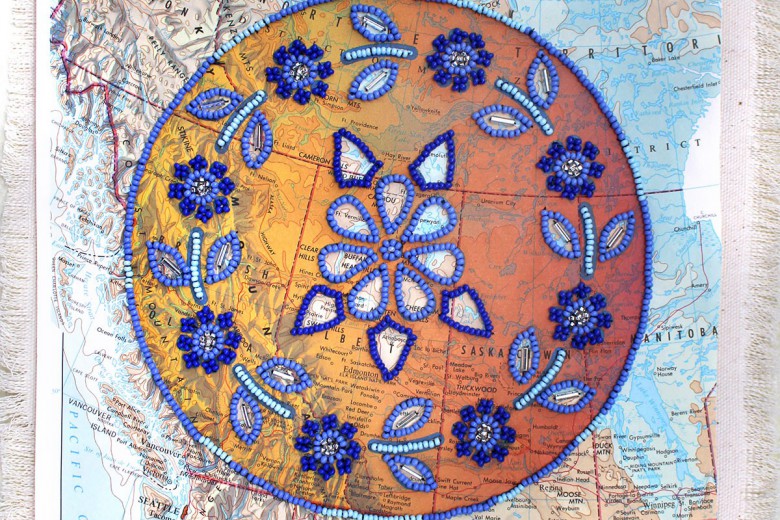
Land as a social relationship
-
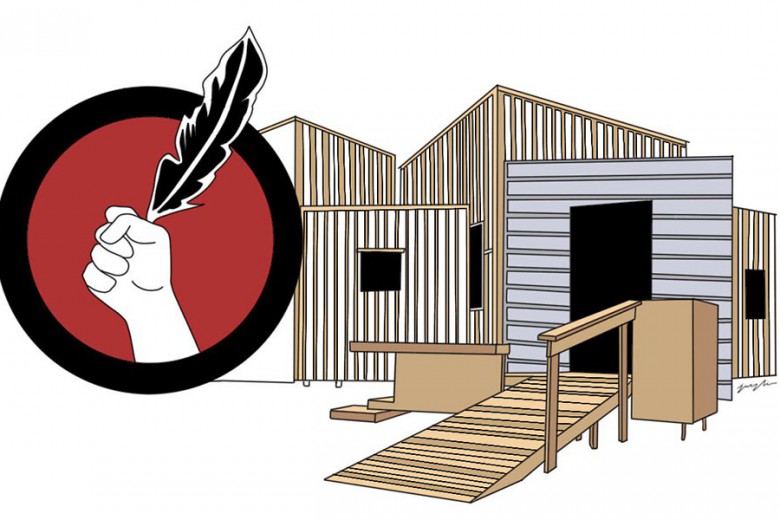
Four case studies of Land Back in action
-

Back 2 the Land: 2Land 2Furious
-
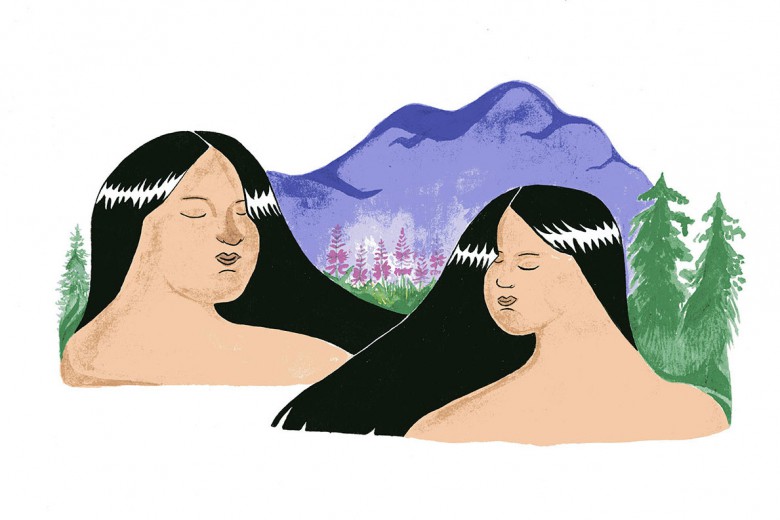
mâmawiwikowin
-
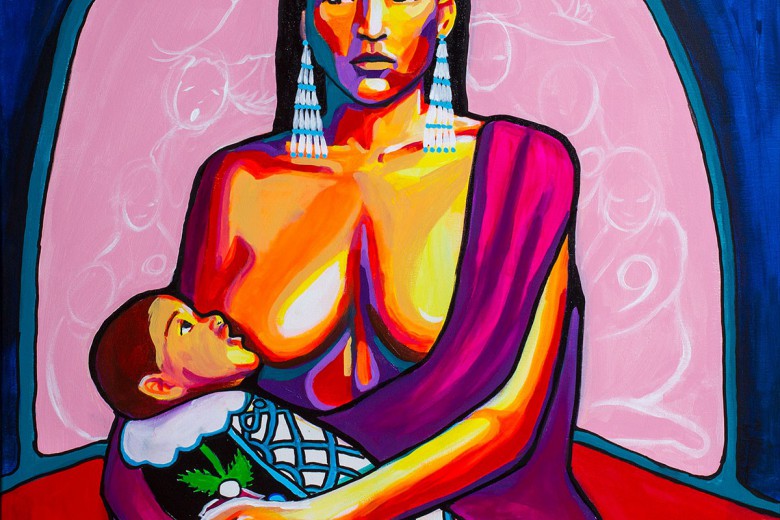
Reconnecting to the spirit of the language
-
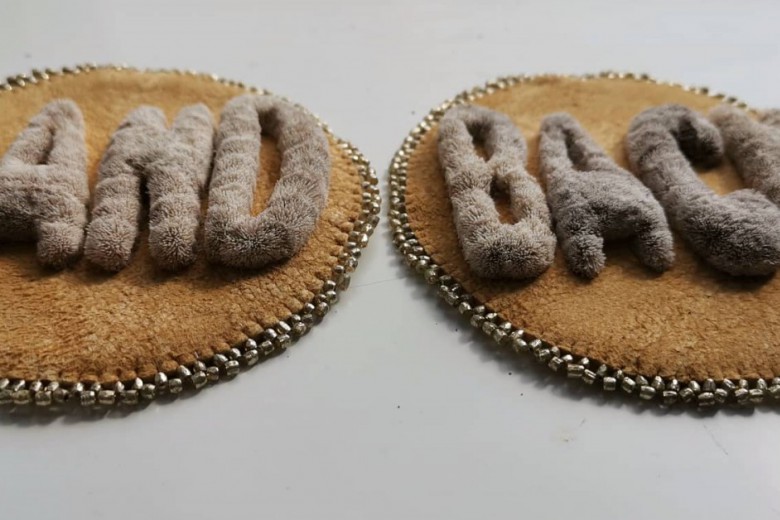
Becoming intimate with the land
-
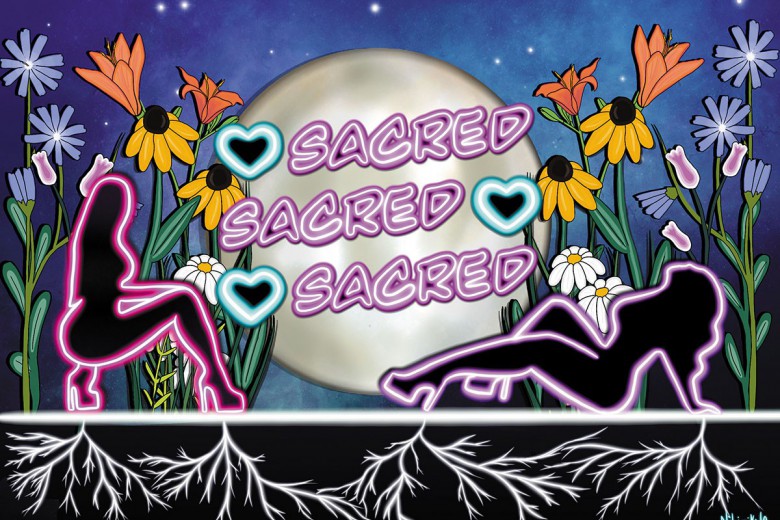
Sexual sovereignty
-
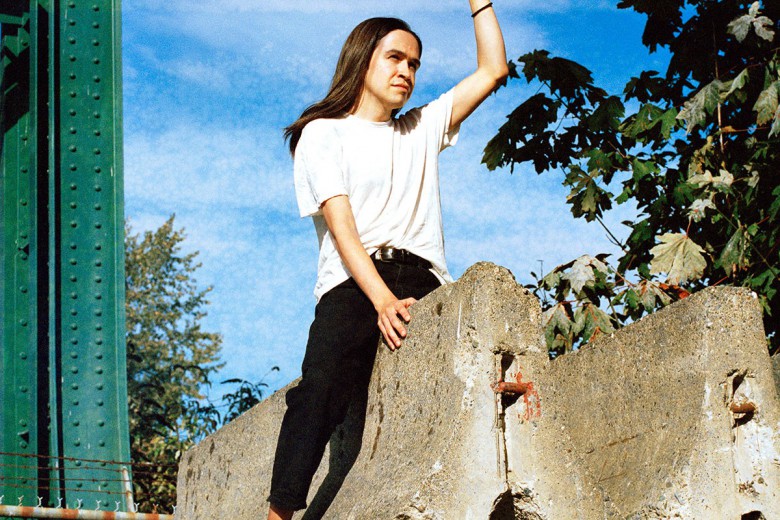
This Prairie city is land, too
-
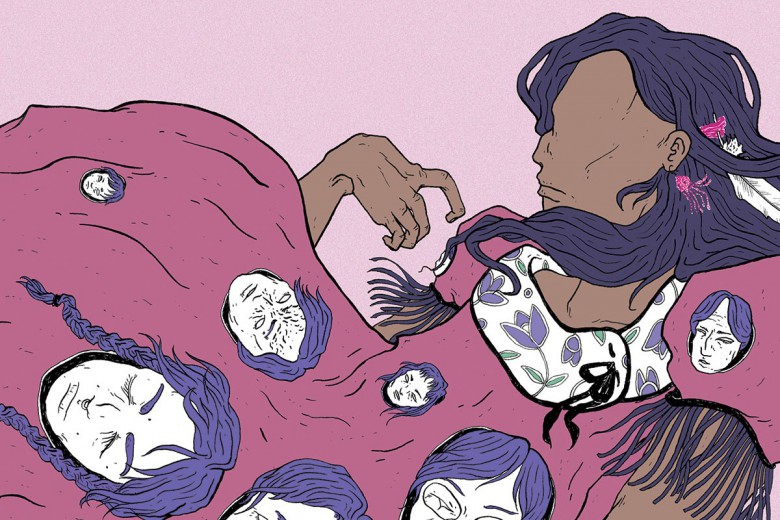
Land Back means protecting Black and Indigenous trans women
-
Whose land is it, anyways?
-
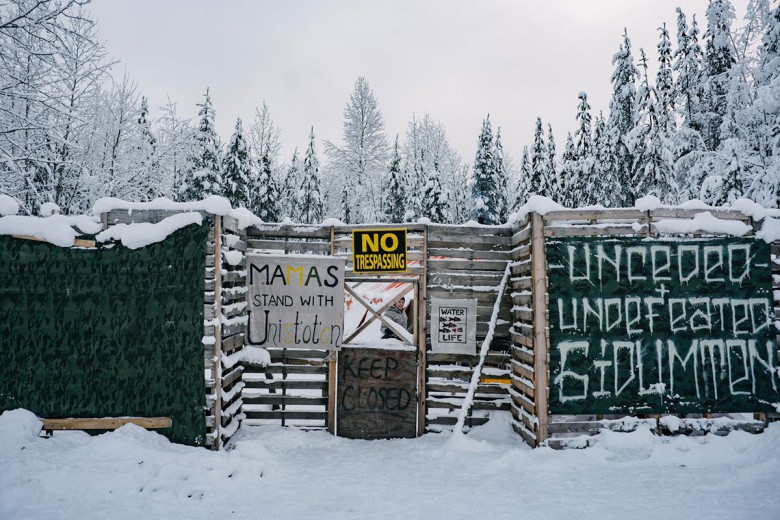
Manufacturing Wet’suwet’en consent
-
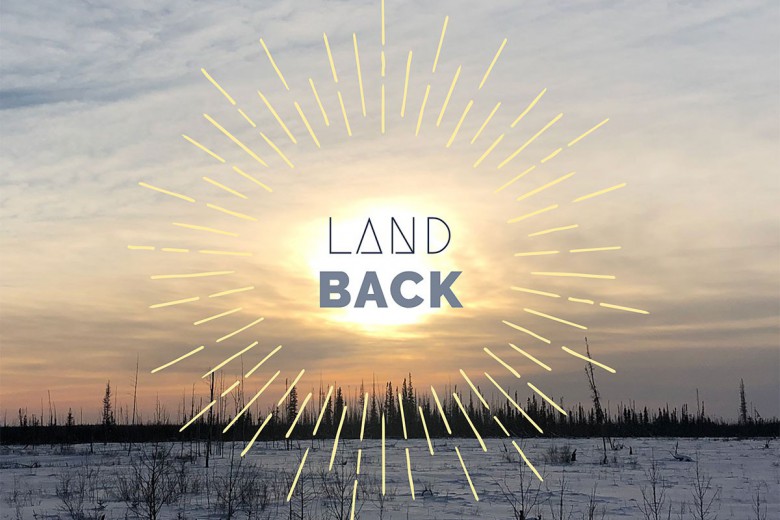
To Wood Buffalo National Park, with love
-
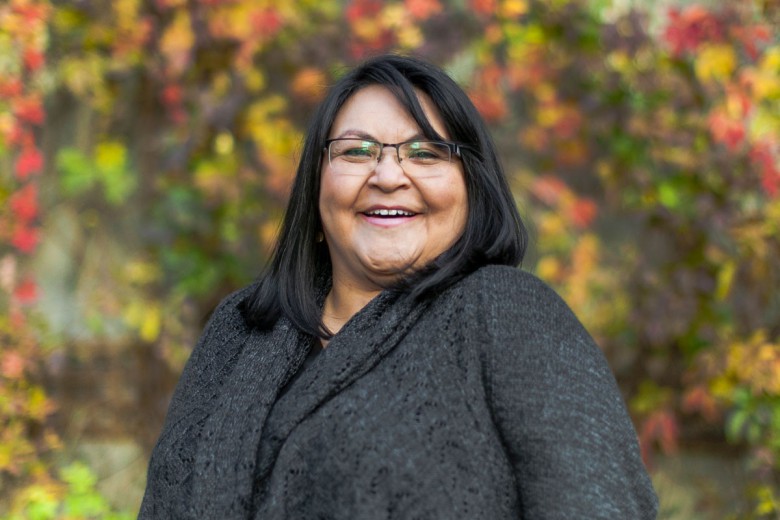
Sustainer profile #64: Eden Robinson


